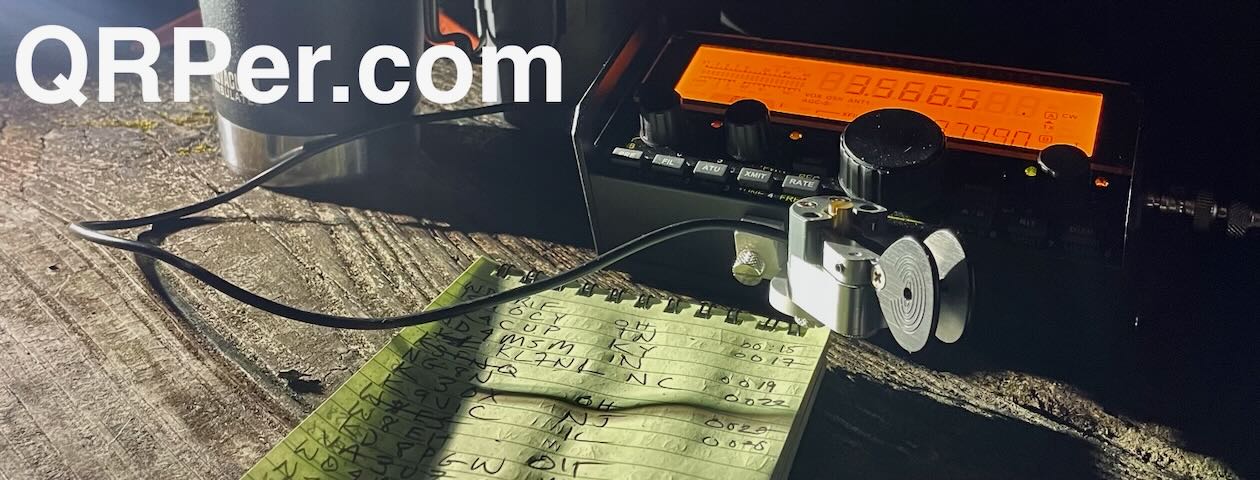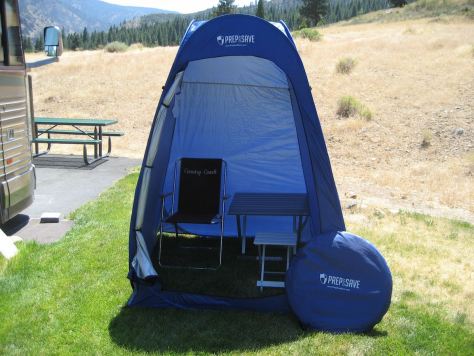
A portable field kit: it’s a seasonal thing.
In the early fall and spring, I go over my QRP radios and give serious thought to how I’ll build compact field kits around them.
Why? I’m pretty sure it’s the pending change in weather that’s the catalyst. The temptation to get back out there and make some contacts.
Then again, any excuse: I absolutely love building field kits, and fortunately it never gets old.
The radios I’m considering at present are my MTR-3B (named Threepence) and KX1, now named Audrey. (Yep, I chose “Audrey”…thank you for all of the amazing suggestions!)
 Both of these are ideal little radios for kitting out because they’re so compact and truly made to be taken to the field.
Both of these are ideal little radios for kitting out because they’re so compact and truly made to be taken to the field.
One of these two radios––and I haven’t decided which one yet––is going to live in my EDC bag.
The Tom Bihn Stowaway in black has been my EDC bag for many years. I’ll need to pay attention to the weight and bulk of this field kit, because I’ll be lugging it pretty much everywhere.
I’ve got some ideas and a couple of pouches in mind, so this will all start coming together soon.
But first…
Care to share your portable radio kit?
One of the things I enjoy doing when I’m putting together a new field kit is to check out what others have done. It’s a great way to get some fresh ideas…and besides, it’s just plain fun to compare notes.
If you would like to showcase your field radio kit on QRPer.com, please send a short write-up with photos detailing how/why you built your kit as you did, and list all of the components with links to the manufacturers.
We’ll not only publish your field kit article as a post, but also on this new Field Radio Kit Gallery page I created!
We only ask that you send your own original ideas––and not just a link to another website article or video––as we’d like this content to become part of the QRPer archive. That way, if an external link is removed, it’ll still be safe and sound here. (We take our archiving seriously on this site.) Of course, we welcome links to blog articles and videos in your post.
Simply send your information via email to my callsign K4SWL at QRPer.com.
Interested? Feel free to get in touch!
















